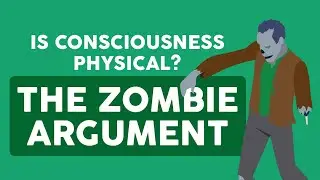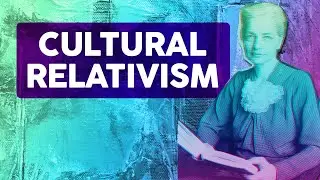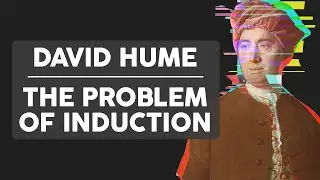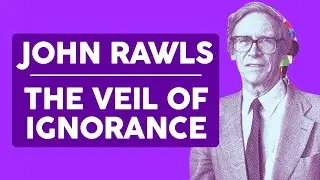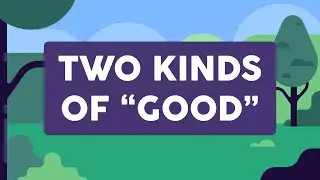The Sorites Paradox & Vagueness
How many grains of sand does it take to make a heap? How many hairs must one lose to be bald? This "line drawing" question is known as the Sorites Paradox and it is the result of a phenomenon known as "vagueness." Vagueness is everywhere and it is even a threat to the laws of logic. One solution to this puzzle is called Epistemicism, which suggests that there are no true borderline cases; there is always a line to be drawn and vagueness is merely a matter of our own ignorance about where to draw it. But can that be right?
Intro: (0:00)
The Sorites Paradox: (0:13)
Vagueness: (0:51)
Vagueness is All Around Us: (1:12)
Threat to Logic?: (2:04)
Epistemicism: (2:52)
Conclusion: (3:40)
Philosophical Sources:
Keil, Geert, Lara Keuck, and Rico Hauswald. "Vagueness in psychiatry: An overview." Vagueness in Psychiatry (2016): 1.
Kerckhove, Lee F., and Sara Waller. "Fetal personhood and the sorites paradox." J. Value Inquiry 32 (1998): 175.
Waldron, Jeremy. "Vagueness in law and language: Some philosophical issues." Precedents, Statutes, and Analysis of Legal Concepts. Routledge, 2013. 357-388.
Williamson, Timothy. Vagueness. Routledge, 2002.
Stock Media Sources: FreePik (https://www.freepik.com) [including MacroVector], Pixabay (https://www.pexels.com), Pexels (https://www.pixabay.com), Purple Planet (https://www.purple-planet.com), ZapSplat (https://www.zapsplat.com).














